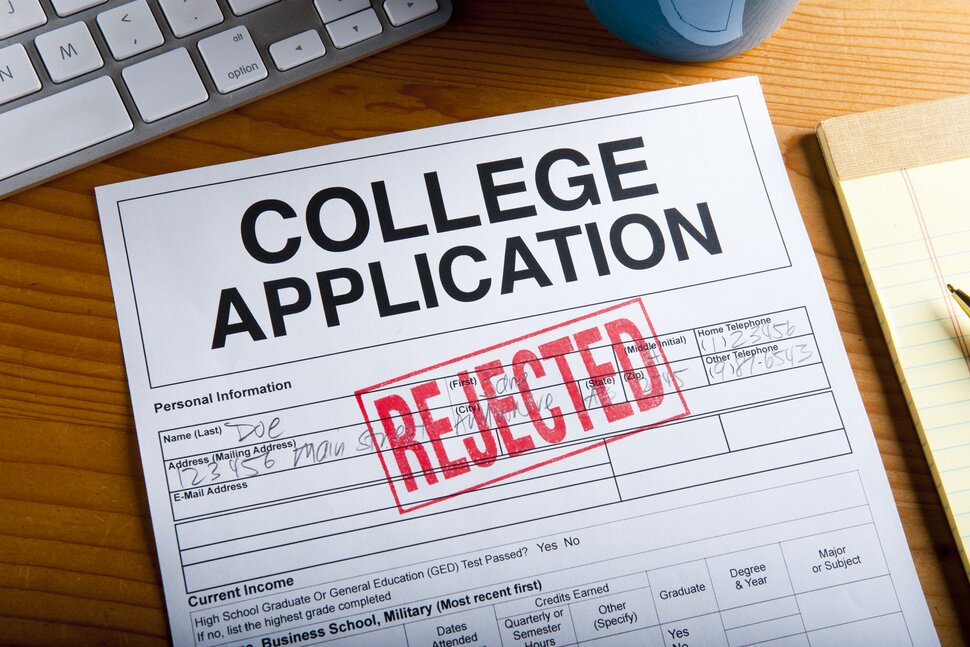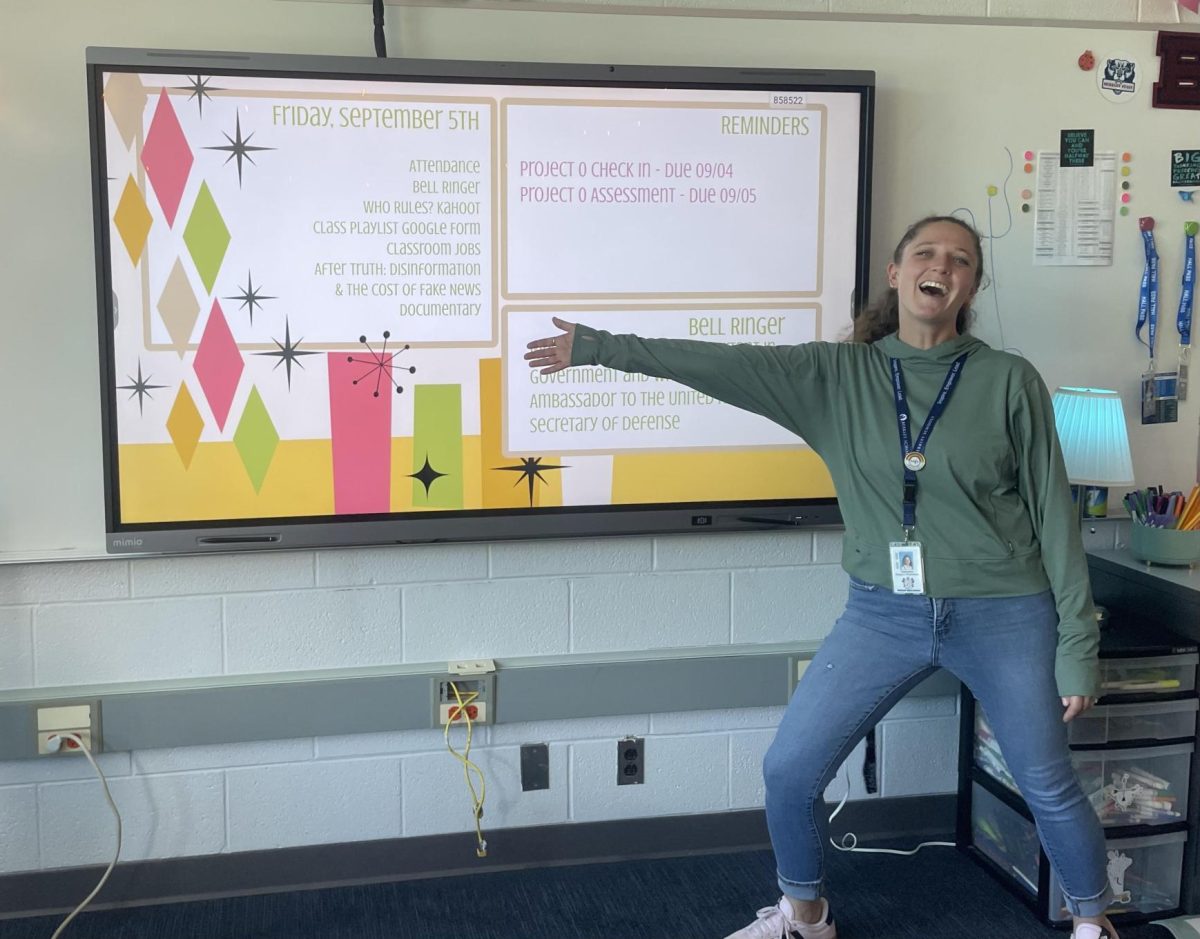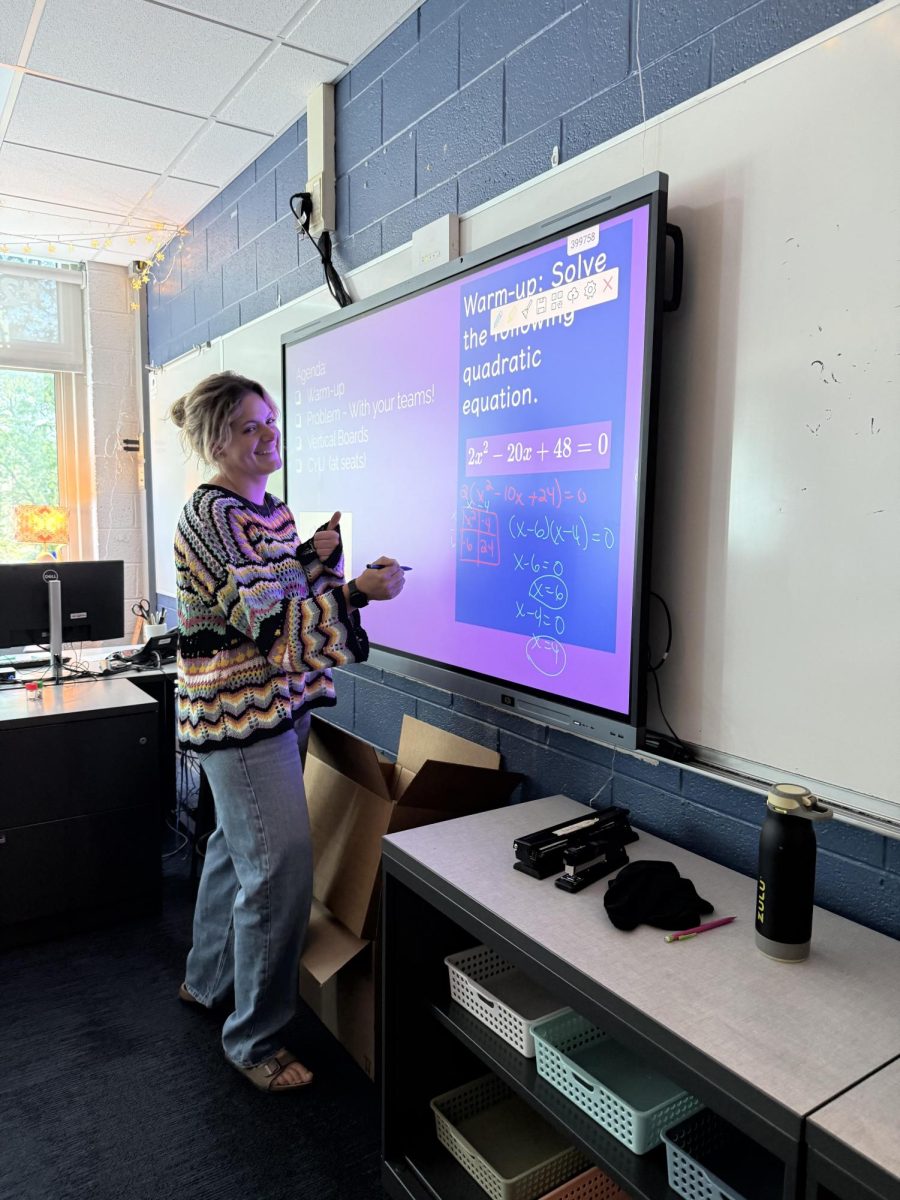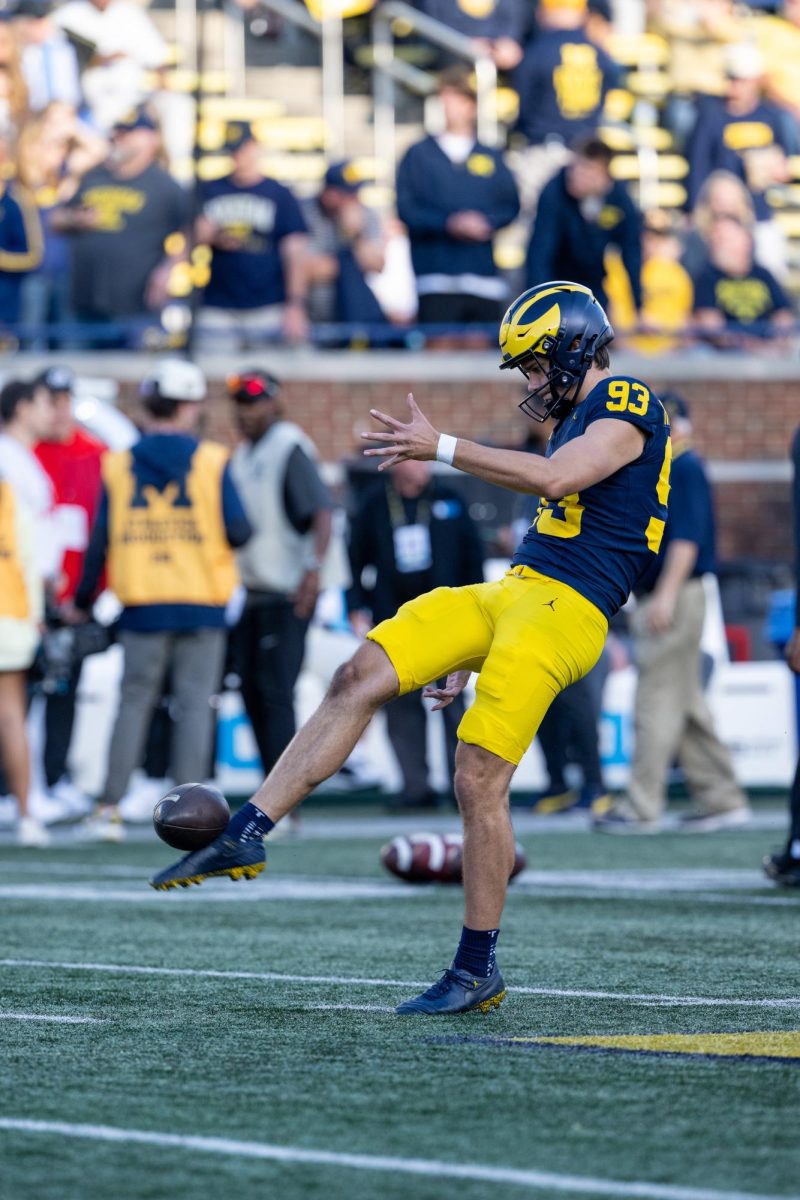Why College Admissions Aren’t So Straightforward
On paper, college admissions seem to be all about a student’s GPA, extracurricular activities, standardized test scores, and personal essays. However, over the past several years it has become evident that it is so much more than that; universities all across the country are making decisions based on demonstrated interest, an applicant’s location, and even the school’s desire to become more exclusive. Unfortunately, these underlying factors often go unnoticed and even outweigh an applicant’s individual merit, leaving many qualified students with deferrals or rejections. Although these influences lay largely outside the control of an applicant, they can still help explain discrepancies in admissions between similarly qualified applicants.
One of the main advantages many applicants hold over others is the high school they attend, more specifically students who attend feeder schools. Feeder schools provide their students with ample opportunities to continue their education at prestigious institutions. Although public schools can be feeder schools, it is more common among private institutions, given the surplus amount of funding they receive to support their students through years leading up to college. Aside from providing students with a rigorous academic curriculum in pursuit of preparing highschoolers for university, feeder schools also dramatically increase a student’s chance of acceptance at even the most prestigious universities in the country. In fact, 62% of New York students that attend Princeton University, went to a private high school—many of which were also feeder schools.
But what gives these feeder schools the upper hand at admissions? The unique advantage that allows one school to send so many students to ultra-exclusive universities is the unique connection between high school counselors and admissions officers. Through establishing close relationships with officers at various prestigious institutions, universities have the capability to “flag” a student as a desired applicant. Ultimately, this gives students that attend feeder schools the lead when it comes time for officers to review applications and make admissions decisions. Despite significantly benefitting a small portion of students, feeder schools negatively impact others. For one, feeder schools are disproportionately white, hindering opportunities for equally qualified colored students to boost their chance of acceptance. According to research published by Forbes, out of all the feeder schools, only 7% have enrollments of Black, Latinx, and Native American students that exceed 80% of the student population. Private feeder schools are also largely inaccessible to those of a lower socioeconomic status, further limiting the diversity of students being admitted to prestigious schools. Some states also have more feeder schools than others, such as California, New York, Texas, and Florida, hence why more applicants from these regions get admitted. Aside from subsequently discriminating on the basis of race, wealth, and geography, feeder schools ultimately make it more competitive for applicants from public schools.
Another quality that many admissions officers value is a student’s demonstrated interest in a school. Demonstrated interest most accurately describes the interaction and interest a student has with their desired college or university. This can include tours (virtual or in-person), email exchanges with admissions representatives, information sessions, applying early decision or early action, as well as including details about the school in the application itself. Although all forms of demonstrated interest help communicate to the school that a student is interested, the most showing one is a student’s admission plan. For especially elite institutions, applying early decision (ED) or early action (EA) boosts an applicant’s chances of admission dramatically. Applying early decision means that if you get accepted to the school, you must attend and withdraw all other applications. On the other hand, early action is non-binding and allows students to receive an early response for their application. For example, at Tulane University the ED acceptance rate is 68% while the overall acceptance rate remains at 11%. Similar patterns are seen at other institutions where the majority of admitted students are from the early action or early decision pool. Admissions officers also seem to have higher standards for those who apply regularly than those who submit their applications early. For instance, an institution may be willing to accept a student with a 30 on the ACT if they ED, but they may only accept students in the regular decision pool with a 33 since they lack the demonstrated interest. Given the influence of demonstrated interest, applying early, taking tours, contacting admissions officers, and attending information sessions, are all great ways to boost chances of admission.
The final, and arguably the biggest factor in swaying college admissions, is an institutions’ desire to become more selective. Over the past several years, colleges all over the country have dramatically decreased their acceptance rates. In order to do this, admissions officers are careful to only accept applicants whom they feel will actually accept their offer and attend the university. Unfortunately, this sometimes means denying admission to overqualified applicants, assuming they will be accepted and attend a more prestigious university. High school students in Michigan often come across this phenomenon when applying to the University of Wisconsin; an applicant with good test scores, grades, and extracurriculars may be deferred from Wisconsin because admissions officers know they will be accepted into the University of Michigan, and are more likely to attend there, due to the selectivity. This inconsistency further demonstrates that college admissions—although they should be—are not all about the applicant’s qualifications. Despite college admissions being marketed as assessing how well a student’s credentials align with a particular institution, universities are conducting themselves more as businesses than as schools. While becoming involved in extracurriculars and maintaining a high GPA are critical in applying to selective universities, it is important to remember that college admissions are not solely reflective of merit or student credentials.









